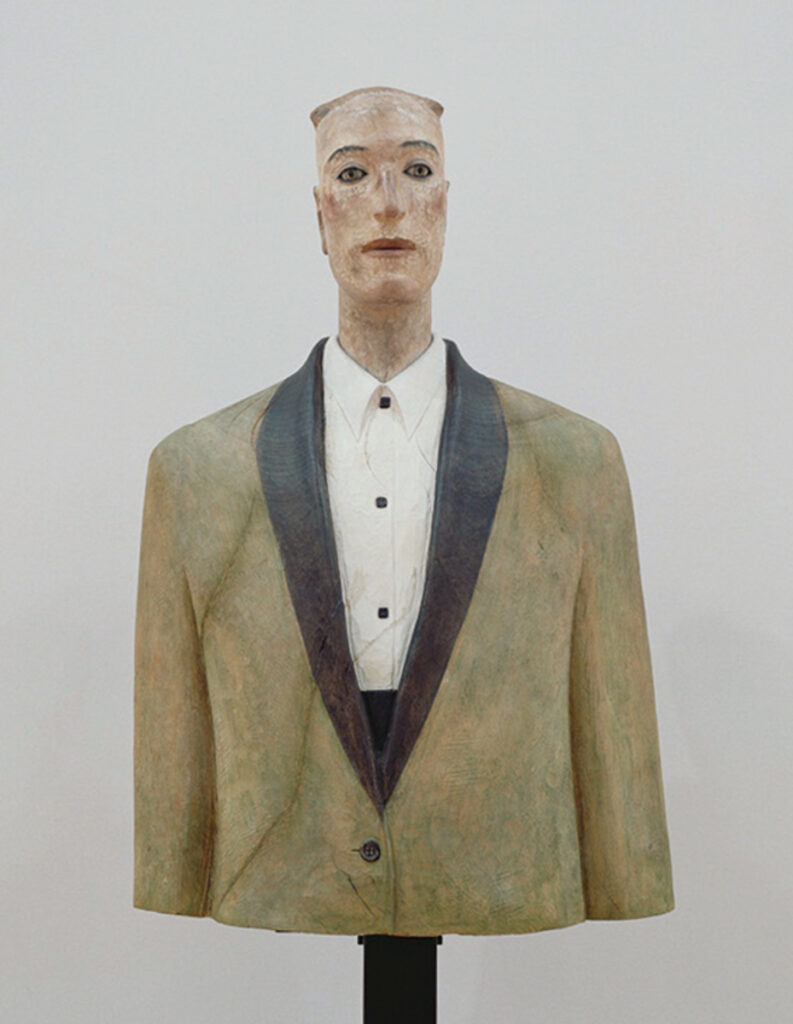
- Collection of
- Museum of Contemporary Art Tokyo
- Title
- A Quiet Head Wind
- Artist Name
- FUNAKOSHI Katsura
- Year
- 1988
- Material / Technique
- Painted camphor wood, marble
- Acquisition date
- 1993
- Accession number
- 1993-00-0006-000
- MOT Collection Search
- https://mot-collection-search.jp/shiryo/4030/
Other items of Museum of Contemporary Art Tokyo (7905)
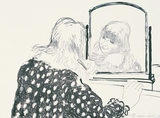
Ann Combing Her Hair
HOCKNEY, David
Museum of Contemporary Art Tokyo
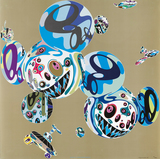
Reversal D.N.A
MURAKAMI Takashi
Museum of Contemporary Art Tokyo

OKAZAKI Kenjiro
Museum of Contemporary Art Tokyo
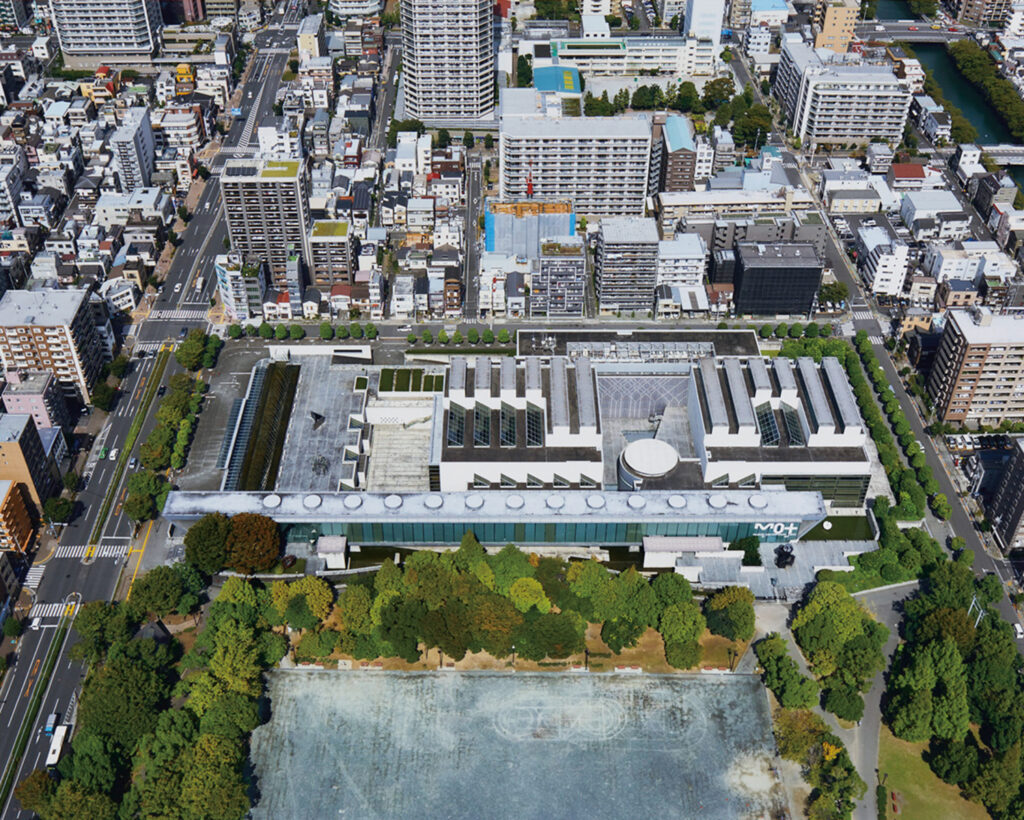
JP-13 25
MATSUE Taiji
Museum of Contemporary Art Tokyo
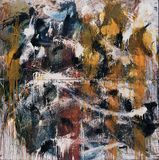
Work
MURAKAMI Saburo
Museum of Contemporary Art Tokyo
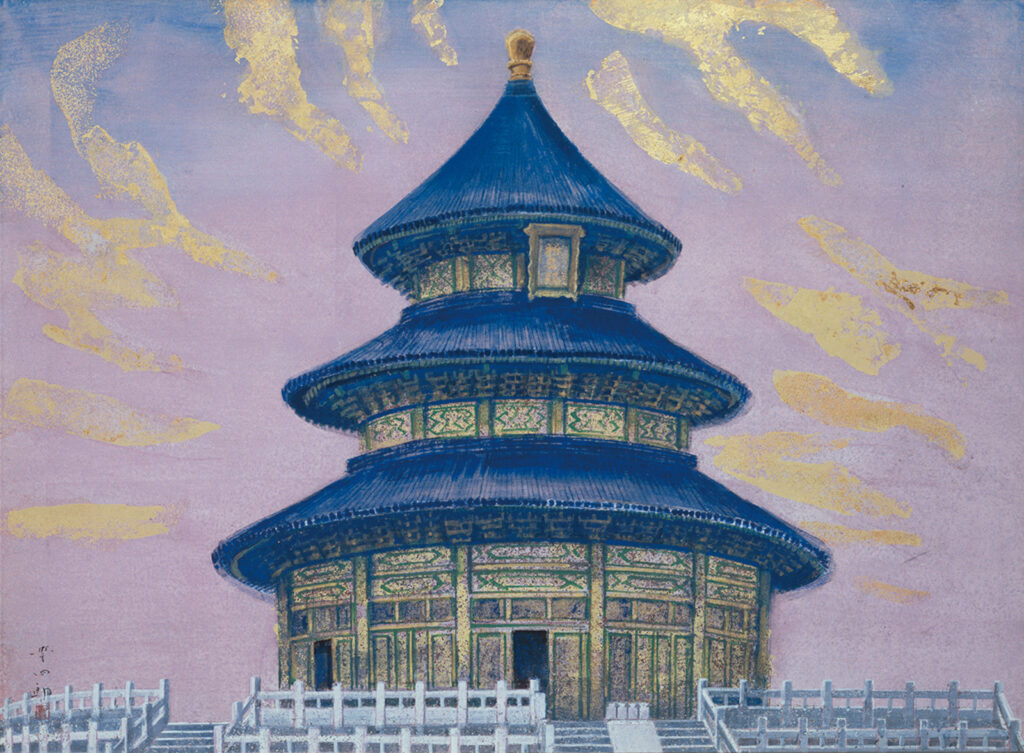
The Temple of Heaven (in Beijing)
FUKUDA Toyoshiro
Museum of Contemporary Art Tokyo

TAKADA Akiko & Masako
Museum of Contemporary Art Tokyo
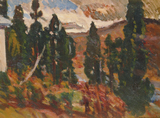
Landscape
TAKAHASHI Yuichi
Museum of Contemporary Art Tokyo
](https://museumcollection.tokyo/wp-content/uploads/2022/08/13119.jpg)
Works of Koshimizu Susumu, an Album
KOSHIMIZU Susumu
Museum of Contemporary Art Tokyo

Rockwall of Oboke (small)
KIWAMURA Sojiro
Museum of Contemporary Art Tokyo

Lithograph R.
ONOSATO Toshinobu
Museum of Contemporary Art Tokyo
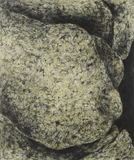
Touch "Body-178"
YOSHIDA Katsuro
Museum of Contemporary Art Tokyo
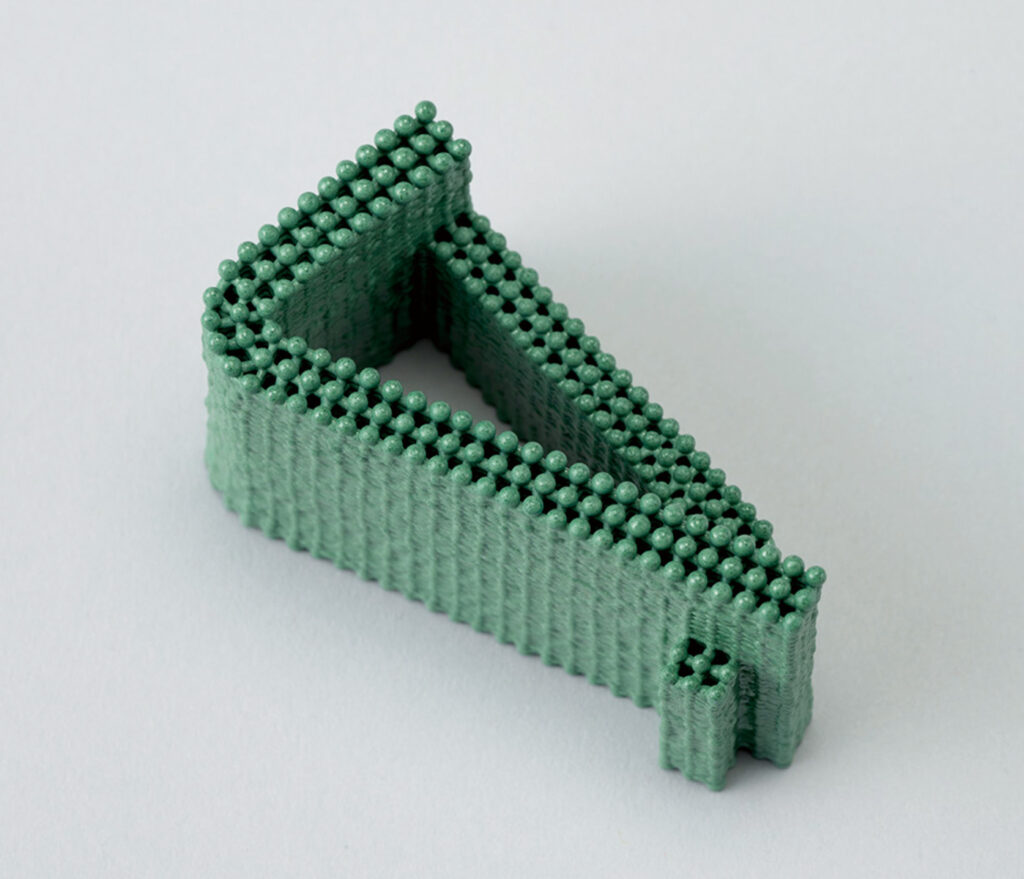
10007
SAKAGISHI Yoshiou
Museum of Contemporary Art Tokyo

Anthony Caro, "Sea Music", 1991
ANZAI Shigeo
Museum of Contemporary Art Tokyo
![作品画像:[公的な実現のための私的なプラン]](https://museumcollection.tokyo/wp-content/uploads/2022/08/1028.jpg)
[Private Plan for a Public Realization]
MIKI Tomio
Museum of Contemporary Art Tokyo

SIM (R)
ICHIHARA Arinori
Museum of Contemporary Art Tokyo

